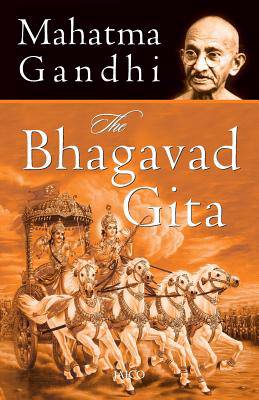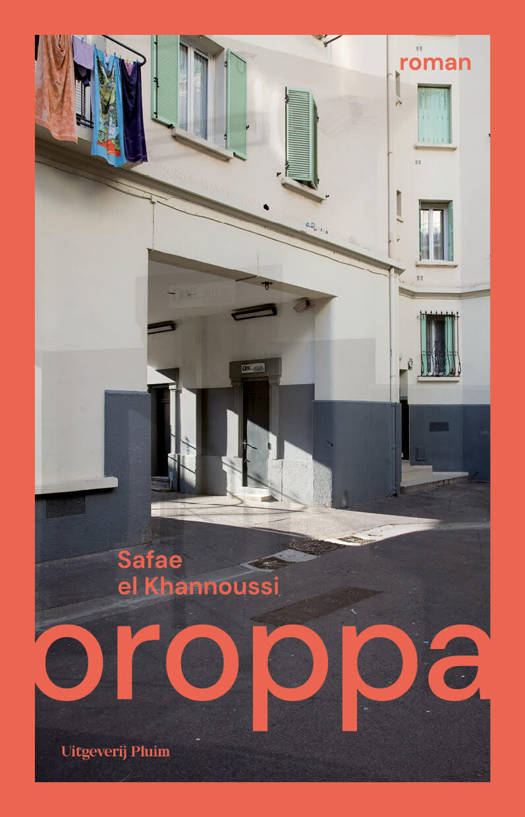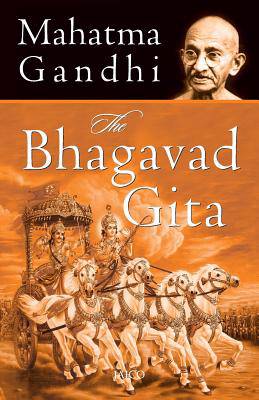
- Afhalen na 1 uur in een winkel met voorraad
- Gratis thuislevering in België vanaf € 30
- Ruim aanbod met 7 miljoen producten
- Afhalen na 1 uur in een winkel met voorraad
- Gratis thuislevering in België vanaf € 30
- Ruim aanbod met 7 miljoen producten
Zoeken
Omschrijving
A sloka-by-sloka interpretation of a great work by a great sage. The Bhagavad Gita is perhaps the greatest work of practical Indian philosophy. Among the various interpretations of the Bhagavad Gita, the one by Mahatma Gandhi holds a unique position. In his own words, his interpretation of the Bhagavad Gita is designed for the common man - "who has little or no literary equipment, who has neither the time nor the desire to read the Gita in the original, and yet who stands in need of its support." Gandhi interpreted the Bhagavad Gita, which he regarded as a gospel of selfless action, over a period of nine months from February 24th to November 27th, 1926 at Satyagrah Ashram, Ahmedabad. The morning prayer meetings were followed by his discourses and discussions on the Bhagavad Gita.
Specificaties
Betrokkenen
- Auteur(s):
- Uitgeverij:
Inhoud
- Aantal bladzijden:
- 396
- Taal:
- Engels
Eigenschappen
- Productcode (EAN):
- 9788184950892
- Verschijningsdatum:
- 30/03/2010
- Uitvoering:
- Paperback
- Formaat:
- Trade paperback (VS)
- Afmetingen:
- 140 mm x 216 mm
- Gewicht:
- 458 g

Alleen bij Standaard Boekhandel
+ 70 punten op je klantenkaart van Standaard Boekhandel
Beoordelingen
We publiceren alleen reviews die voldoen aan de voorwaarden voor reviews. Bekijk onze voorwaarden voor reviews.











